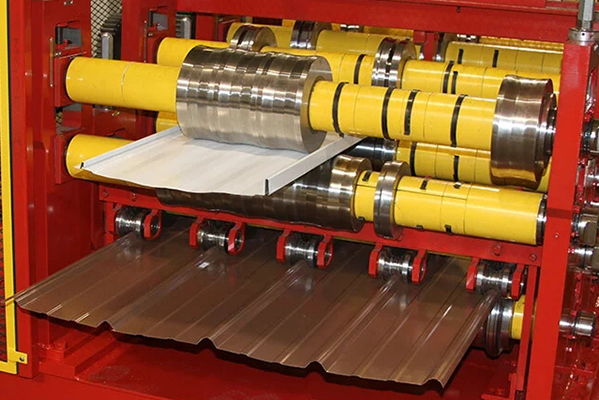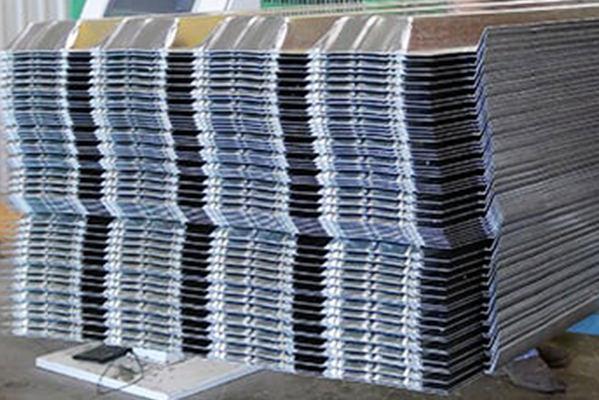Navigation Menu
Contact Us
- Email:
- info@wxavatar.com
- Address:
- Yurong Village, Yuqi Street, Huishan District, Wuxi, China.
Release Date:Jun 17, 2025 Visit:38 Source:Roll Forming Machine Factory
In today's dynamic manufacturing landscape, the speed of delivery is a critical factor for buyers across various industries. The ability to receive components and products promptly can significantly impact project timelines, inventory management, and overall operational efficiency. When considering roll forming solutions, a common question arises: are they keeping pace with the delivery speeds buyers increasingly demand?

The answer, in many cases, is yes, and for several compelling reasons. Roll forming is inherently a continuous process, which provides a fundamental advantage in terms of production speed. Unlike batch-based methods, a roll forming line can continuously process a metal strip, transforming it into a finished profile with remarkable efficiency. This continuous flow minimizes idle time and maximizes throughput, allowing manufacturers to produce a high volume of parts within a shorter timeframe.
Furthermore, advancements in roll forming technology contribute to faster delivery. Modern roll forming machines are equipped with sophisticated controls and automation that enhance precision and speed. In-line operations, such as punching, notching, or even welding, can be integrated directly into the roll forming line. This eliminates the need for secondary operations, significantly reducing overall lead times. By performing multiple processes simultaneously, manufacturers can streamline production and expedite the delivery of finished components.
The flexibility of roll forming also plays a role in meeting delivery expectations. While custom tooling for a new profile might require an initial lead time for design and fabrication (which can range from several weeks to a few months), once the tooling is established, subsequent production runs can be initiated quickly. Many roll formers also offer flexible order sizes, accommodating both large production runs and smaller, more urgent requests, thereby providing agility in response to fluctuating buyer demands.
However, it's important to acknowledge that delivery speed in roll forming, as with any manufacturing process, is influenced by various factors. Material availability is a key determinant; delays in securing raw materials can naturally impact the entire production schedule. The complexity of the part design, the required tolerances, and the specific material properties can also influence the optimal speed at which a roll forming line can operate effectively without compromising quality.
To ensure efficient delivery, successful partnerships between buyers and roll forming suppliers often involve proactive communication and planning. Forecasting needs, maintaining transparent communication regarding material pipelines and production schedules, and even implementing just-in-time (JIT) manufacturing principles can help align expectations and optimize delivery. Many reputable roll forming companies engage in regular reviews with their clients to assess supply and demand, making adjustments to production plans as needed.

In conclusion, roll forming solutions are well-positioned to meet the evolving demands for faster delivery. The continuous nature of the process, coupled with technological advancements and a focus on operational efficiency, allows for rapid production and streamlined workflows. While factors like material availability and part complexity will always influence timelines, collaborative planning and advanced manufacturing practices enable roll forming suppliers to consistently deliver at the speeds buyers need in today's competitive environment.